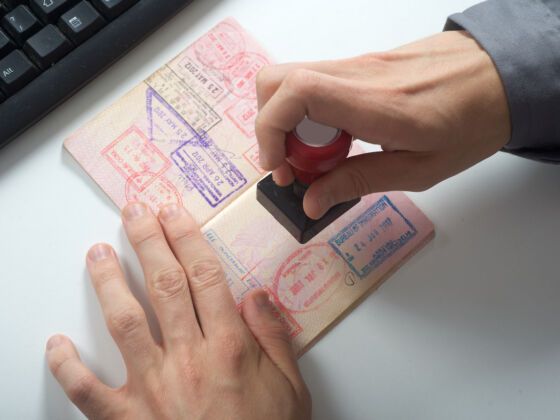WHEN I DECIDED to end my residency in Japan and travel to Thailand to work with a volunteer program, I knew the requirements for securing the proper visa, a non-immigrant type O:
- One designated application form signed with the same signature as appears on passport
- Passport (original & copy) with validity over 6 months
- One photo size 4.5 x 4 cm, color or black & white
- Airline ticket or flight confirmation sheet (original & copy)
- Recommendation letter from institute in Japan (original in English)
- Invitation letter from institute in Thailand
- Registration document of an institute in Thailand
What I failed to understand, however, was just how opposed the Royal Thai Consulate-General of in Japan was to me getting a visa into Thailand.
